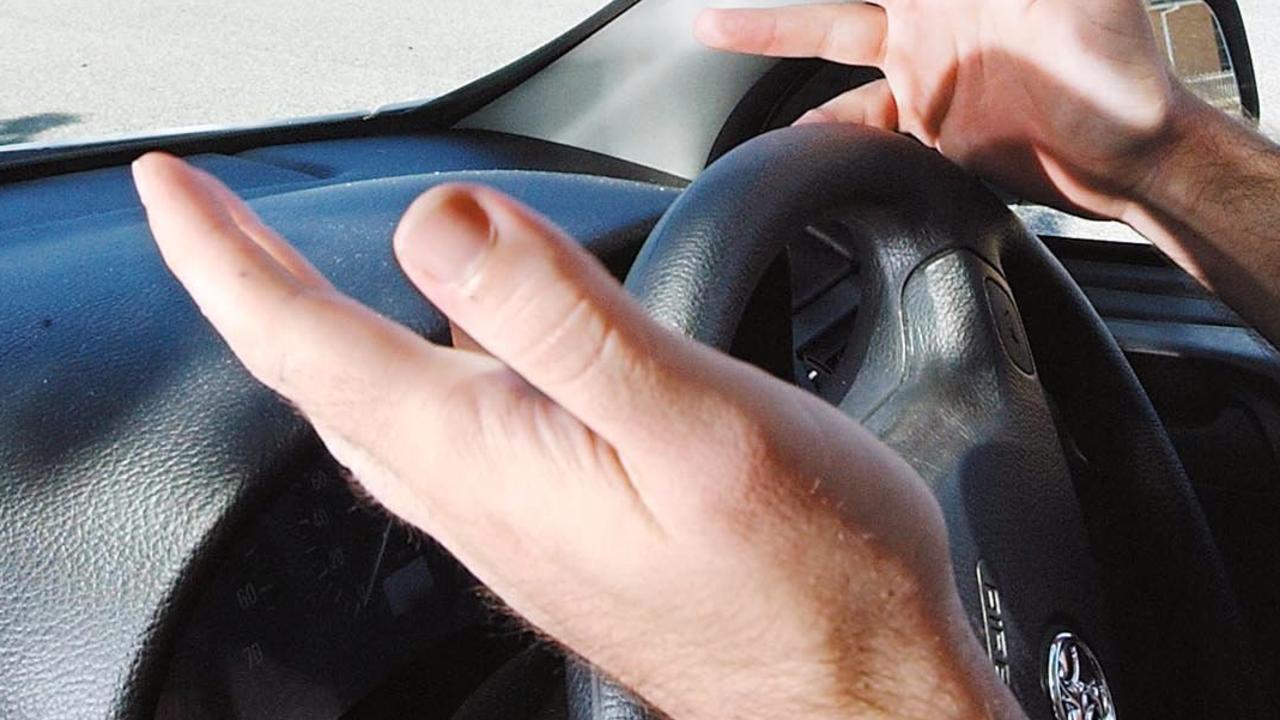Frustrated drivers are turning off modern safety systems designed to prevent accidents.
Features that are meant to prevent distraction and keep drivers safely in their lanes can be so distracting to some drivers that customers often disable them.
This trend has led Australia's safety agencies to tackle technologies they once championed for a five-star safety rating.
The Australian New Car Assessment Program (ANCAP) announced yesterday that it will conduct a pilot study to investigate the real-world usability of lane support systems (LSS), such as Lane Keep Assist (LKA) and Emergency Lane Keeping System (ELK).
ANCAP chief executive Carla Horweg said their aim was to improve safety without causing “frustration”.
“Unfortunately, the behavior of these vehicles has led consumers to question the benefits of these systems and, in some cases, to turn them off,” she said.
By highlighting differences in vehicle behaviour and sharing these findings, ANCAP hopes to encourage manufacturers to improve their systems, which in turn will make them more acceptable to drivers.
The results of the ANCAP pilot project will be shared with manufacturers and used to inform ANCAP’s 2026-2028 test protocols and criteria.
While many new cars are adopting DMS, the latest Mitsubishi Triton is the first ute to feature built-in DMS, having been awarded a five-star rating from ANCAP in April 2024 under the latest 2023-2025 test criteria.
However, Mitsubishi's system was widely criticized for being too sensitive.
Even small actions, such as yawning or drinking coffee, can trigger alerts and distract the driver.
Accordingly, Mitsubishi Motors announced that it will update its driver monitoring system.
As advanced driver monitoring systems are increasingly adopted around the world, Australia finds itself at a crossroads.
While Europe has been quick to implement a range of safety features in response to its high road fatalities, Australia has been slower to adopt such systems despite having its deadliest road fatality in 12 years.
According to data from the Australian Automobile Association, the number of deaths increased by 11.7 per cent between July 1, 2023 and June 30, 2024, taking the total number of deaths on our roads to 1,310.
Australasian College of Road Safety CEO Ingrid Johnston said safety features had to be delivered at the right time.
“If we delay mandatory adoption, it could take 15 to 20 years for this to become widespread,” she said.
But a recent study by the Insurance Institute for Highway Safety (IIHS) suggests that these partially automated systems may not be as beneficial as we think.
IIHS President David Hockey said there is little evidence that partial automation prevents crashes.
“Everything we’re seeing tells us that partial automation is not a safety technology, but a convenience feature, like power windows or heated seats,” he said.
